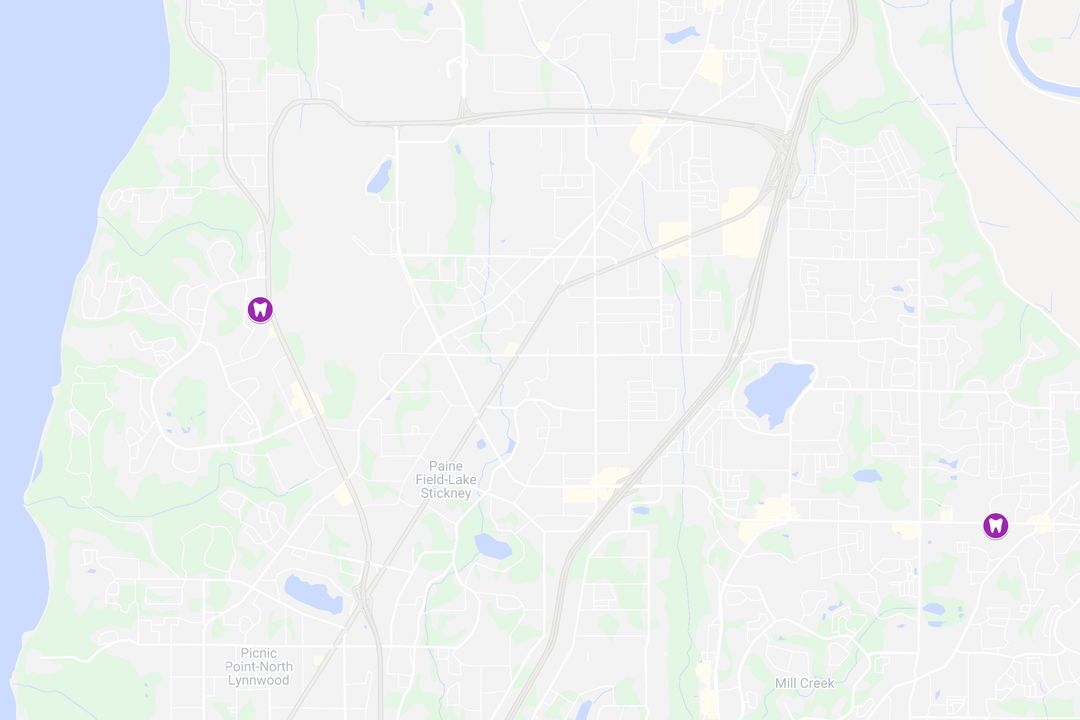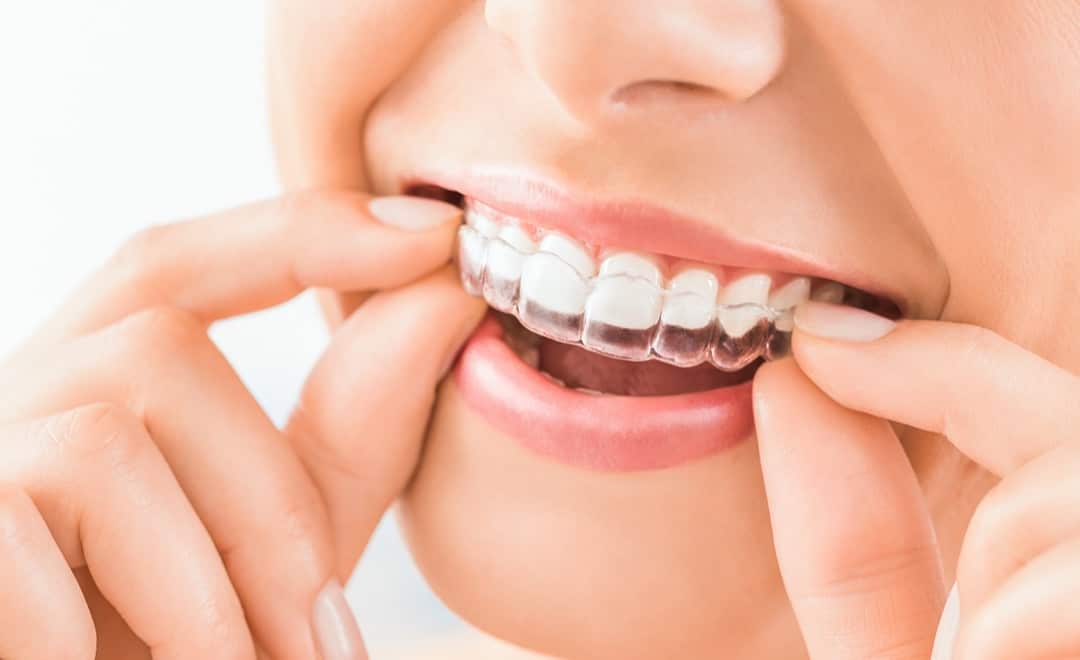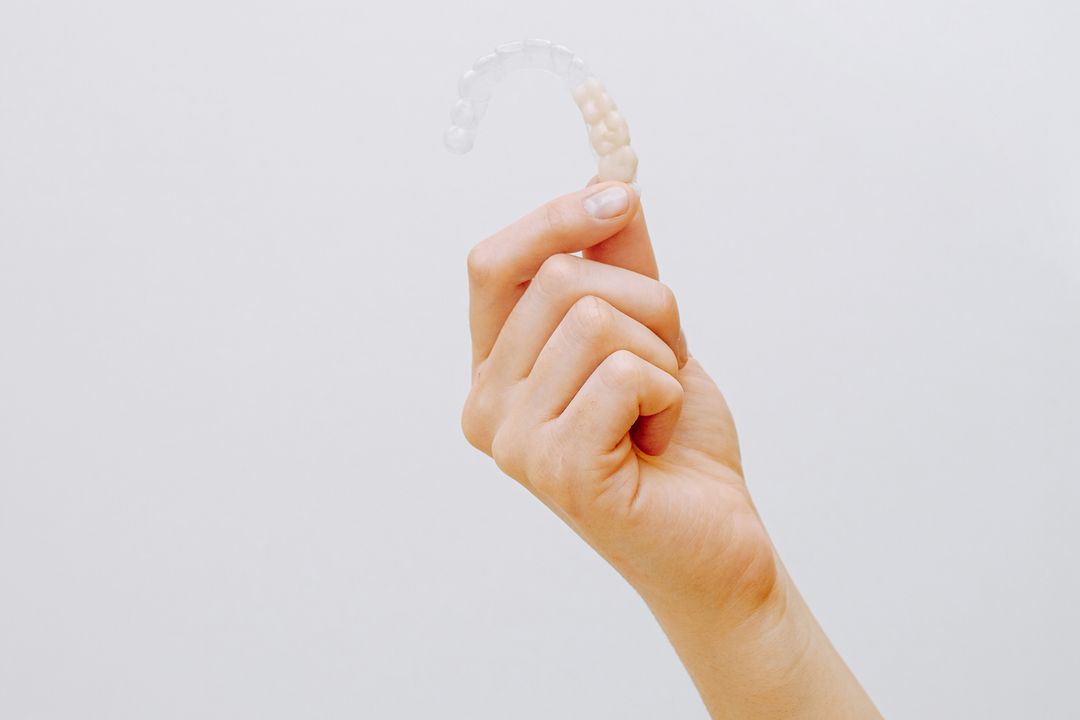It’s impossible to talk about clear aligners without mentioning Invisalign®. At Stellar Family Orthodontics in Mukilteo and Mill Creek, Washington, Dr. Chad Carver, DMD, often sees patients interested in orthodontic treatment with Invisalign.
Invisalign has exploded in popularity over the last several years, and it’s easy to see why. These thin, durable clear aligners can straighten malaligned teeth and correct bite issues without using the brackets and wires of traditional braces.
But if you’ve ever wondered whether Invisalign is right for you, you’ve probably heard that clear aligners simply aren’t as effective as braces. This may have been true in the past, but Invisalign today is far more advanced than it was 5-10 years ago.
History of Invisalign
To understand how Invisalign has evolved, it’s important to learn more about the orthodontic treatment and its unique history.
Inventing Invisalign
Founded by Zia Chishti and Kelsey Wirth in San Jose, California, in 1997, Invisalign was the first major name in clear aligners. An alternative to braces, the innovative orthodontic treatment was approved by the U.S. Food and Drug Administration (FDA) in 1998.
Invisalign’s system of removable clear aligners to straighten teeth was appealing for adults from the start. Unlike adult braces or braces for teenagers, Invisalign promised to straighten teeth discreetly.
Invisalign’s early problems
Many orthodontists were skeptical of Invisalign when it first hit the market — and for good reason. The treatment simply wasn’t as effective as it is today.
Treatment time
Originally, Invisalign took at least 12 months to produce visible results. Early on, the aligners needed to be changed every 2-3 weeks. Today, patients often wear their aligners for less time.
Impressions
In its beginning stages, Invisalign wasn’t a 100% digital process like it is today. Goopy impressions were uncomfortable, messy, and less accurate than digital impressions. As a result, the treatment wasn’t as effective at treating complex cases. This was particularly true for overcrowding or bite problems.
Treatment options
Invisalign used to be a fairly basic treatment that consisted entirely of clear aligners. Lack of options meant braces were often the better orthodontics for treating a wide range of conditions.
Materials
The materials Invisalign once used were somewhat rigid and less flexible than they are today, so they were noticeably less comfortable.
Invisalign today
There’s no question that Invisalign is far superior now than it was 10-20 years ago. The company is constantly upgrading its popular clear aligners as technology advances.
Shorter treatment time
Modern Invisalign can straighten teeth and correct mild to moderate bite problems in as little as 6-18 months. Many treatment plans send you a new set of aligners every week.
More treatment options
Now that Invisalign’s process is entirely computerized, treatment plans are individualized for every patient. Those with an overbite, underbite, and even an open bite can rest assured that Invisalign SmartForce® has attachments to suit their unique case.
Comfortable materials
Invisalign’s proprietary SmartTrack™ material uses BPA-free plastic to create thin, comfortable clear aligners, so they won’t feel tough or rigid. Unlike traditional braces, they also can’t irritate the tissue inside your cheeks.
To find out if Invisalign is right for you, call an affordable dentist at Stellar Family Orthodontics or schedule a free consultation online now!




